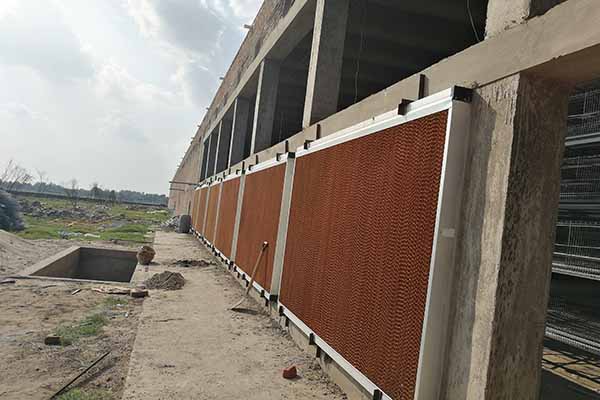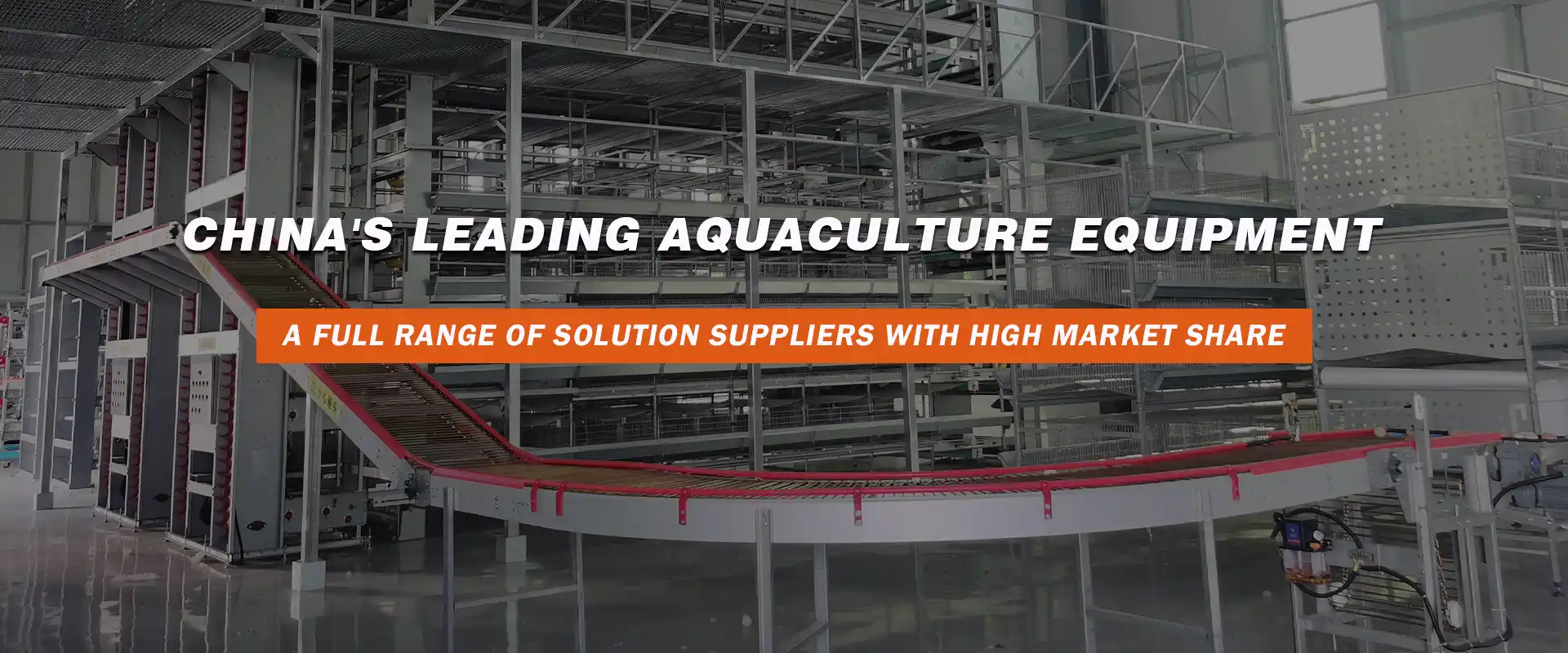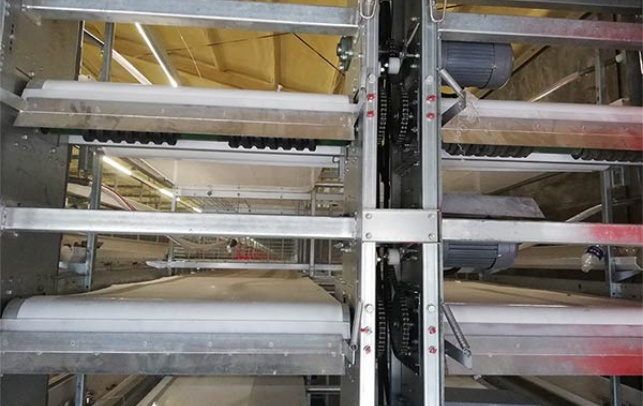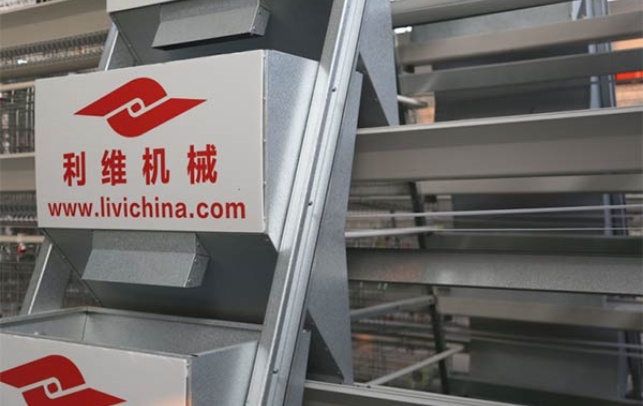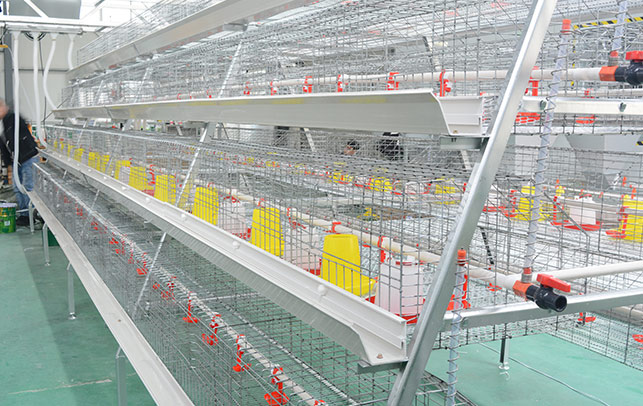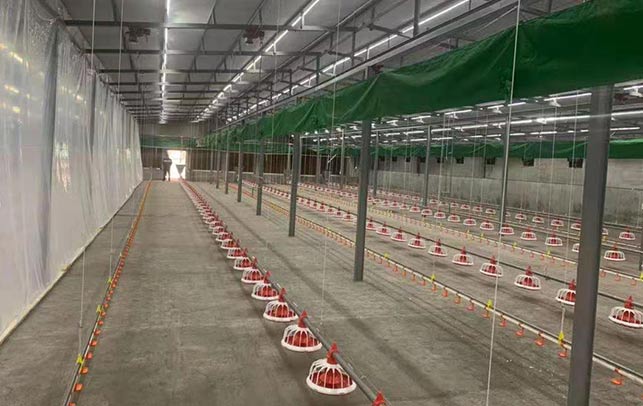Tanzania Chicken Farm Automation Equipment: Profit Analysis and Insights
Time : 2025-06-25
The poultry industry in Tanzania has witnessed significant growth over the years, with chicken farming becoming a lucrative venture for many. Automation equipment has played a pivotal role in enhancing productivity and efficiency in chicken farms. This article delves into the profit analysis of implementing automation equipment in Tanzania’s chicken farms, providing valuable insights for both new and existing farmers.
Introduction to Chicken Farm Automation Equipment
Automation equipment refers to the use of machinery and technology to streamline various processes in chicken farming. These include feeding, watering, egg collection, and waste management. By integrating automation, farmers can reduce labor costs, improve the health and welfare of the birds, and increase overall productivity.
Market Overview of Chicken Farming in Tanzania
Tanzania’s chicken farming industry is growing at a rapid pace, driven by factors such as increased demand for poultry products, government support, and technological advancements. According to the Tanzania Poultry Association, the country’s chicken production is expected to reach 1.2 million tons by 2025.
Benefits of Automation Equipment in Chicken Farms
1. Improved Productivity: Automation equipment can handle tasks more efficiently than manual labor, leading to increased productivity. For instance, automated feeders can distribute feed at precise intervals, ensuring that birds receive optimal nutrition.
2. Enhanced Animal Welfare: Automation systems monitor the health and welfare of birds, reducing stress and improving their living conditions. This, in turn, results in better growth rates and healthier birds.
3. Cost Reduction: While the initial investment in automation equipment can be high, the long-term cost savings are substantial. Reduced labor costs, lower feed wastage, and improved bird performance contribute to a more profitable operation.
4. Data-Driven Decision Making: Automation equipment provides real-time data on various farm activities, enabling farmers to make informed decisions. This data can be used to optimize feed formulations, manage biosecurity, and identify potential health issues early.
Profit Analysis of Automation Equipment in Tanzania Chicken Farms
To assess the profitability of automation equipment in Tanzania’s chicken farms, a case study of a medium-sized farm with 10,000 birds was conducted. The following factors were considered:
1. Initial Investment: The cost of automation equipment, including feeders, waterers, egg collection systems, and waste management systems, was estimated at $100,000.
2. Operational Costs: The daily operational costs, including feed, water, electricity, and labor, were reduced by 20% with the implementation of automation.
3. Productivity Increase: The farm’s productivity increased by 15% due to the efficient use of resources and better health of the birds.
4. Market Prices: The average market price for chicken meat and eggs remained constant during the analysis period.
Based on these factors, the farm’s annual profit before taxes and interest expenses was estimated at $150,000, resulting in a return on investment (ROI) of 150%.
Challenges and Considerations
While automation can significantly boost profits, it is not without its challenges. Some of the key considerations include:
1. High Initial Costs: The initial investment for automation equipment can be a barrier for small-scale farmers.
2. Technological Skills: Farmers need to be trained to operate and maintain the equipment effectively.
3. Energy Consumption: Automation equipment requires a stable power supply, which can be a challenge in rural areas.
4. Market Access: Ensuring that the products reach the market in good condition is crucial for profitability.
Conclusion
The integration of automation equipment in Tanzania’s chicken farms has proven to be a profitable venture. With the right strategies and considerations, farmers can significantly enhance their operations and achieve better returns on investment. As the industry continues to grow, the adoption of automation is likely to become even more prevalent, driving further innovation and efficiency in chicken farming.
